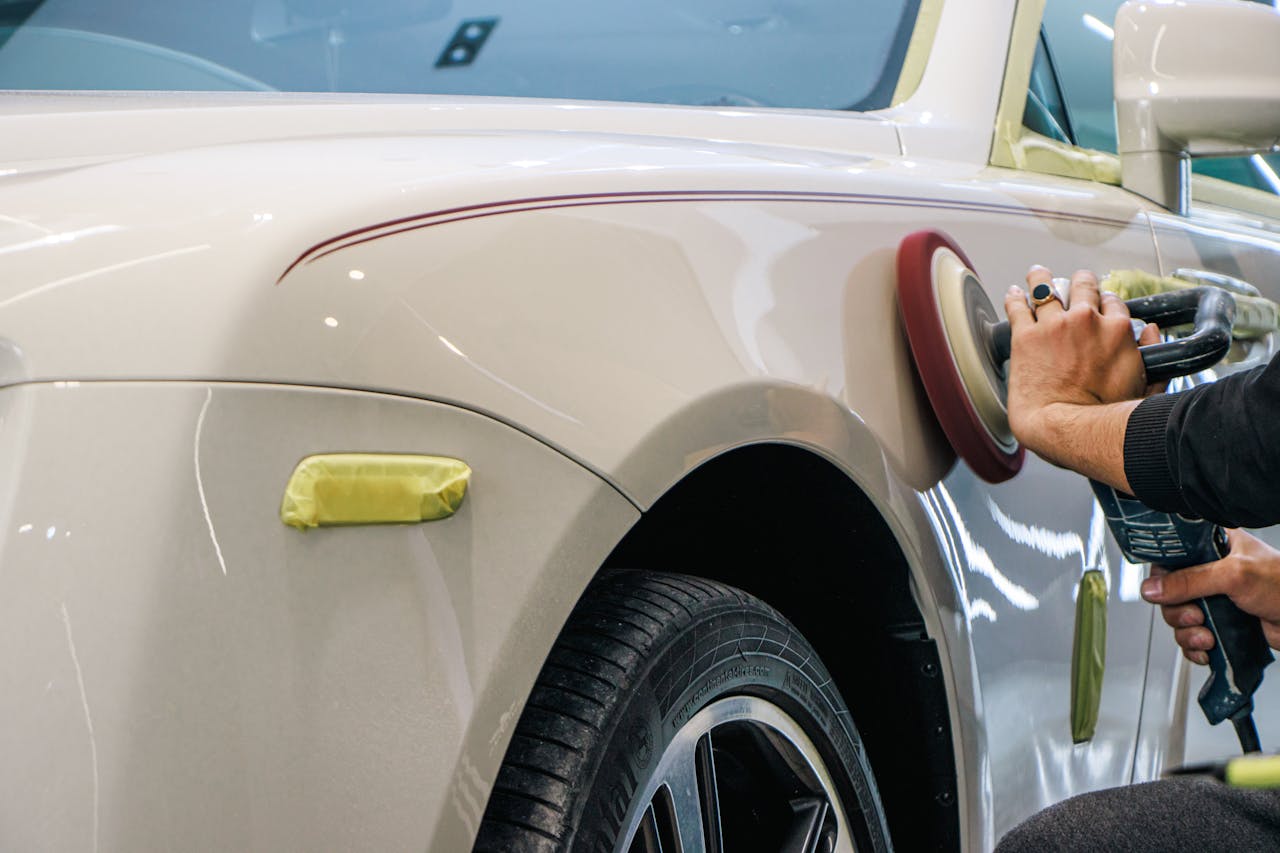Auto body repair has evolved into a blend of art and science, requiring technical expertise and precision craftsmanship. In this journey through the intricate world of modern vehicle repair, we explore the sophisticated methodologies and high-tech solutions available at today’s auto body shop. This deep dive into auto body repair aims to enlighten vehicle owners and enthusiasts about the complex processes that vehicles undergo after experiencing damage, ensuring an informative read free from brand promotion.
The Evolution of Auto Body Repair Techniques
From the meticulous hammering techniques of early artisans resembling blacksmiths to contemporary technicians utilizing state-of-the-art ultrasonic tools, auto body repair has undergone significant evolution. Initially labor-intensive and prone to errors, modern practices prioritize precision. Innovations like paintless dent removal equipment and sophisticated welding systems have revolutionized how minor damages are addressed in an auto body shop, enabling seamless and efficient repairs.
Materials in Modern Automotive Construction
Advanced materials like durable yet lightweight aluminum and high-performance polymers are commonplace in contemporary vehicles. Repairing these materials demands a departure from traditional, one-size-fits-all methods. Instead, collision repair experts must deeply understand complex construction materials and access specialized equipment. This ensures that each repaired vehicle maintains its structural integrity and original appearance.
Technological Advancements in the Auto Repair Industry
The caliber of technology at the disposal of auto body technicians has dramatically changed the working environment within repair shops. Digital modeling and vehicle scanning technologies allow for precise assessments, often catching invisible underlying damages. Sensor recalibration has become an integral part of the repair process for modern vehicles, ensuring that safety features like lane assist and parking sensors function correctly post-repair. Such intricacies in the repair process demand a continuous learning mindset from technicians on the frontline of these technological shifts.
A Day in the Life of An Auto Body Technician
A typical day for an auto body technician blends routine with complexity. Each car brings its specific repair narrative — whether restoring a vintage vehicle that requires traditional metalworking skills or a recent model that needs the technician to engage with manufacturer-specific diagnostic software. Craftsmanship and problem-solving intersect as body professionals align car panels to millimeter perfection or laboriously match a bespoke paint color, often contending with obliging stringent industry standards and ensuring customers’ satisfaction.
Common Challenges in Auto Body Work and Solutions
The path to restoration for a damaged vehicle is paved with challenges ranging from intricate paint jobs to frame straightening. Technicians often face the task of recreating complex contoured surfaces or regulatory hurdles that govern how specific car components are repaired or replaced. Advanced paint systems with spectrophotometer technology and cutting-edge alignment racks exemplify how the industry leverages technology to achieve exceedingly precise results. These solutions not only aid in surmounting obstacles but also contribute to the longevity and reliability of the repair work.
Tips for Maintaining Your Vehicle’s Body Post-Repair
Maintaining a vehicle’s body after professional repair is pivotal for preserving its condition and value. Vehicle owners should undertake regular inspections, embrace gentle car wash practices that prevent paint erosion, and use wax or sealant as a protective barrier against elements. Frequent upkeep can extend the life of the repair and keep the car in a condition consistent with the careful attention to detail it receives at the auto body shop.
Emerging Trends in Auto Body Repair and Sustainability
Environmental consciousness has begun coloring the auto body industry with a push toward sustainability. Advancements include using waterborne paints that contain fewer volatile organic compounds and recycling programs for metal and plastic waste from repairs. These eco-friendly practices demonstrate the industry’s commitment not just to restoring vehicles but to preserving the environment as well.

